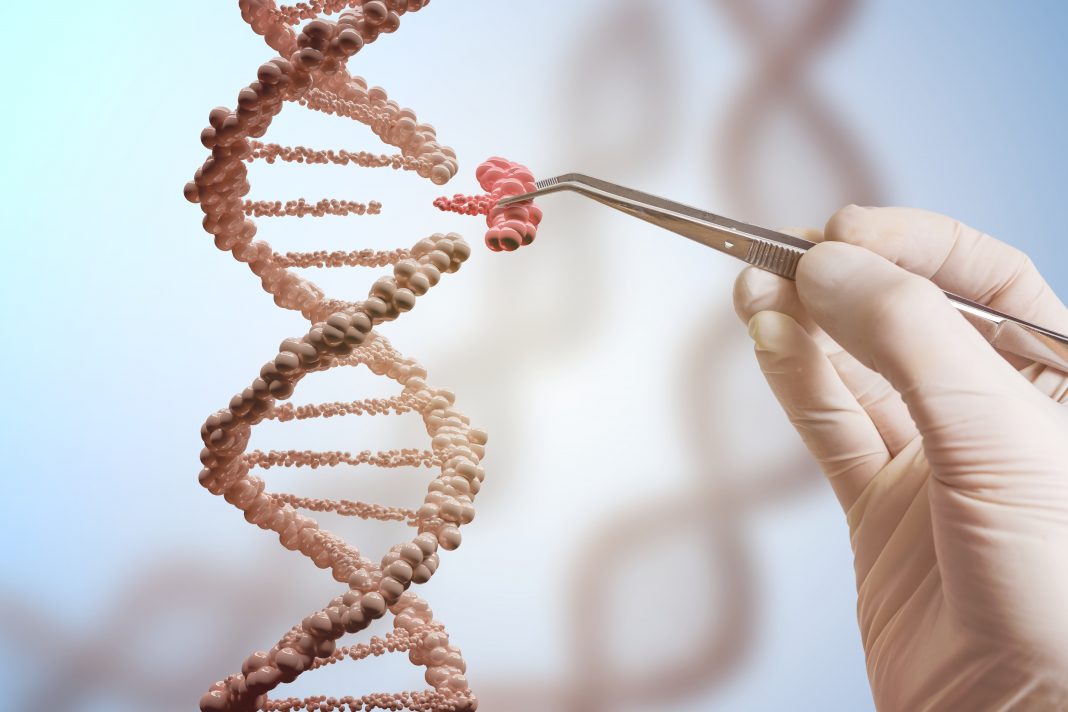The ability to edit mammalian mitochondrial DNA has proven challenging. Recently, a new tool for mitochondrial DNA mutagenesis has emerged—the double-stranded DNA deaminase (DddA)-derived cytosine base editor (DdCBE). A new study tested the base editor for in vivo use by delivering DdCBEs into mouse heart using adeno-associated virus (AAV) vectors.
This proof-of-concept study showed that DdCBE can make desired mitochondrial DNA edits in adult and neonatal mice. With the ability to modify the mitochondrial genome in live mice, new treatments for incurable mitochondrial disorders could be identified and defective mitochondria could be repaired in the future using gene-editing techniques.
This work is published in Nature Communications in the paper, “In vivo mitochondrial base editing via adenoassociated viral delivery to mouse post-mitotic tissue.”
“This is the first time that anyone has been able to change DNA base pairs in mitochondria in a live animal,” noted Pedro Silva-Pinheiro, PhD, a postdoctoral researcher in the Minczuk lab at the MRC Mitochondrial Biology Unit at the University of Cambridge. “It shows that, in principle, we can go in and correct spelling mistakes in defective mitochondrial DNA, producing healthy mitochondria that allow the cells to function properly.”
Mitochondrial DNA makes up 0.1% of the overall human genome. Faults in mitochondrial DNA can lead to mitochondrial diseases, serious and often fatal conditions that affect around 1 in 5,000 people. The diseases are incurable and largely untreatable.
There are typically around 1,000 copies of mitochondrial DNA in each cell, and the percentage of these that are damaged, or mutated, determine whether a person will suffer from mitochondrial disease or not. Usually, more than 60% of the mitochondria in a cell need to be faulty for the disease to emerge, and the more defective mitochondria a person has, the more severe their disease will be. If the percentage of defective DNA could be reduced, the disease could potentially be treated.
In 2018, a team applied an experimental gene therapy treatment in mice and were able to successfully target and eliminate the damaged mitochondria DNA in heteroplasmic cells (a mixture of healthy and faulty mitochondrial DNA) allowing mitochondria with healthy DNA to take their place.
“Our earlier approach was very promising and was the first time that anyone had been able to alter mitochondrial DNA in a live animal,” explained Michal Minczuk, PhD, investigator at the MRC Mitochondrial Biology Unit at the University of Cambridge. “But it would only work in cells with enough healthy mitochondrial DNA to copy themselves and replace the faulty ones that had been removed. It would not work in cells whose entire mitochondria had faulty DNA.”
There are currently no suitable mouse models of mitochondrial DNA diseases, so the researchers used healthy mice to test the mitochondrial base editors. However, it illustrates the possibility of editing mitochondrial DNA genes in a live animal.
“There’s clearly a long way to go before our work could lead to a treatment for mitochondrial diseases,” noted Minczuk. “But it shows that there is the potential for a future treatment that removes the complexity of mitochondrial replacement therapy and would allow for defective mitochondria to be repaired in children and adults.”


